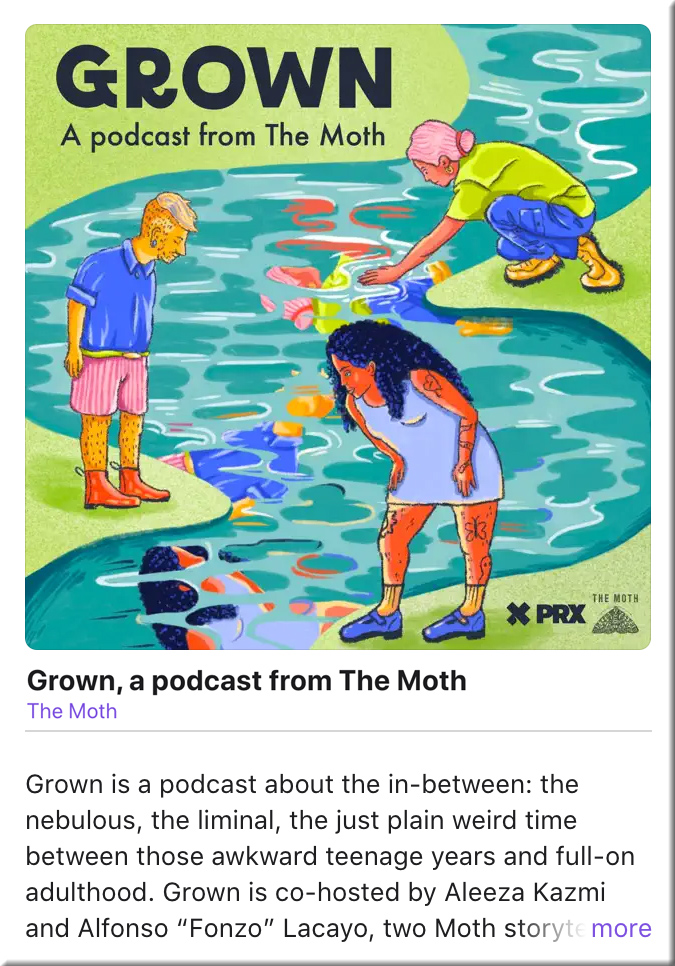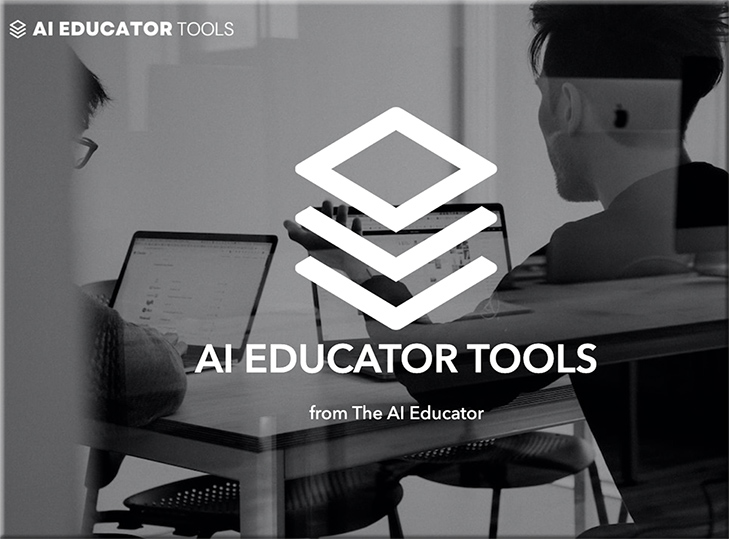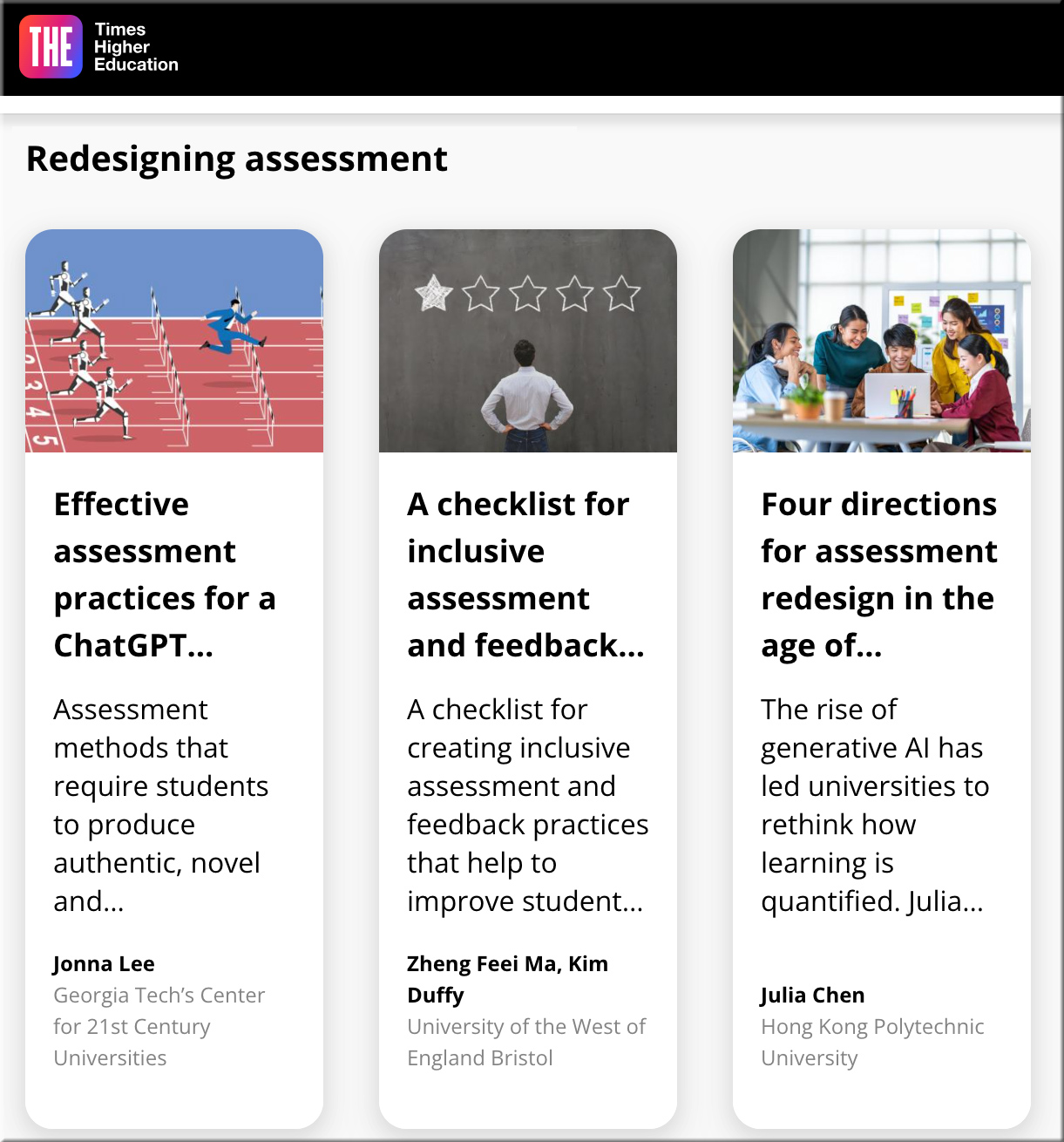Letter from the Editor: Experienced teachers are leaving Michigan schools. This is why. — from mlive.com by Matthew Miller
They talked instead about issues like pay, stress and the sense that they no longer had the solid backing of school administrators.
Sue Harper, who retired this summer from Kreeger Elementary in Fowlerville, blamed what she called “bulldozer parents.”
…
“I have never been one to quit anything, and teaching is my passion, but this is not teaching,” one teacher wrote. “This is hours of endless paperwork, this is social work, this is counseling, this is parenting, this is babysitting, this is coaching, this is everything but teaching.”
Also relevant/see:
Low pay, culture wars, and ‘bulldozer parents.’ Why Michigan’s best teachers are calling it quits. — from mlive.com by Melissa Frick and Matthew Miller
Now a change management coordinator for Fifth Third Bank, she said, “I don’t take the stress from my job home. I don’t feel guilty, like I always could be doing more for someone.”
Thousands of experienced teachers have retired or left the profession in the years since the COVID-19 pandemic first closed schools and shifted classes to Zoom.
Teachers say they’re burnt out, tired of a lack of support and lack of respect, feeling the impact of the increasingly acrimonious politics surrounding public education.
And finally:
- Michigan Teacher Shortage Study: Comprehensive Report — from epicedpolicy.org by Tara Kilbride, Katharine O. Strunk, Salem Rogers, & Meg Turner; published in January of 2023
Let’s Use ChatGPT to ‘Think Different’ About K-12 Schools — from gettingsmart.com by Kara Stern
So, in addition to asking ChatGPT to think like a school communications professional, a principal, or a teacher, what if we asked ChatGPT to think like the populations we’re serving, as a way of improving the education (or UX) we’re delivering?
Why I Keep Teaching — from edutopia.org by Rachel Jorgensen
A veteran educator explains why, despite the many challenges, she continues to try to change students’ lives, in turn enriching her own.
EVERY TIME I SHOW UP FOR WORK, A STUDENT MIGHT CHANGE MY LIFE FOR THE BETTER
EVERY TIME I SHOW UP FOR WORK, A STUDENT MIGHT CHANGE MY LIFE FOR THE BETTER
MY WORK HAS INVISIBLE RIPPLE EFFECTS
34 Ways to Quiet a Rambunctious Class — from edutopia.org by Daniel Leonard
From “Silent 20” to imaginary marshmallows, these teacher-tested strategies for all grade levels can help you snap an unruly classroom back to attention.
Per EdSurge:
‘THE MOTH’ GOES TO SCHOOL: For more than a decade, the nonprofit behind the popular storytelling podcast The Moth has run workshops in schools to help students share impactful stories from their lives. Now the group started a spin-off podcast, Grown, highlighting those student stories. Here’s what they’re learning, and why they say storytelling needs to be taught in schools.
The Power of Storytelling for Youth https://t.co/5OyBarJtQp #edtech via @EdSurge
— Daniel Christian (he/him/his) (@dchristian5) August 25, 2023
.
DC: This article is behind a paywall so I couldn’t read it…but I think we need more *fixes/overhauls* and less coping.
More student centered; less legislative/administration centered. https://t.co/MsEe7058XV
— Daniel Christian (he/him/his) (@dchristian5) August 25, 2023













:format(webp)/cdn.vox-cdn.com/uploads/chorus_asset/file/24807167/Screenshot_2023_07_24_at_3.34.42_PM.png)
